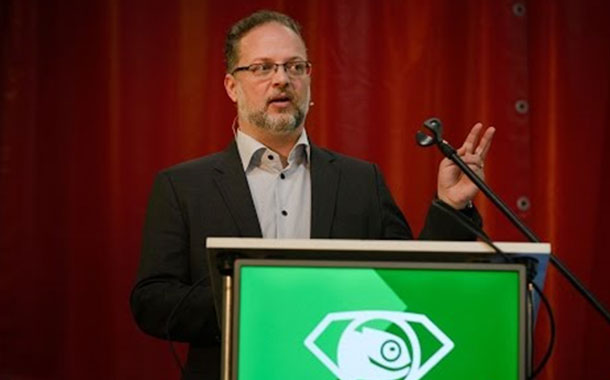Announcing SUSE Linux Enterprise 15, a multimodal operating system that bridges traditional data center technologies with software-defined infrastructure
SUSE continues to help organizations transform and adapt with software-defined infrastructure and application delivery solutions that enable IT operations and DevOps to meet digital business demands with greater agility and less cost. Today, SUSE announced the release of SUSE Linux Enterprise 15, SUSE Manager 3.2 and SUSE Linux Enterprise High Performance Computing 15 with a focus on helping customers innovate in this era of rapid digital transformation while meeting the needs of multimodal IT.
“As organizations around the world transform their enterprise systems to embrace modern and agile technologies, multiple infrastructures for different workloads and applications are needed,” said Thomas Di Giacomo, SUSE CTO. “This often means integrating cloud-based platforms into enterprise systems, merging containerized development with traditional development, or combining legacy applications with microservices. To bridge traditional and software-defined infrastructure, SUSE has built a multimodal operating system – SUSE Linux Enterprise 15.”
Stephen Belanger, Senior Research Analyst, Computing Platforms at IDC, said, “Operating systems remain a foundational building block for modern infrastructure. Linux has become a preferred platform for the cloud and for modern cloud-native application development. It has also gained stature as a preferred development platform for most ISVs. Today Linux is widely used for hosting traditional as well as next-generation applications across bare-metal, virtual and container-based delivery methods. SUSE Linux Enterprise comes out at the top for SAP applications, mainframes, high-performance computing and other key Linux enterprise-centric use cases.”
SUSE Linux Enterprise 15 is a modern, modular operating system that helps simplify multimodal IT, makes traditional IT infrastructure more efficient and provides an engaging platform for developers. As a result, customers can easily deploy and transition business-critical workloads across on-premise and public cloud environments.
The SUSE Linux Enterprise 15 platform uses a “common code base” to ensure application mobility across multimodal IT environments. SUSE’s “Modular+” architecture addresses new challenges customers are facing when trying to innovate within existing, traditional IT infrastructure and make it more efficient. With a focus on the developer community, SUSE Linux Enterprise 15 accelerates the enterprise transition from free developer subscription or community Linux (openSUSE Leap) setups to production deployments of fully supported enterprise Linux.
With an architectural emphasis on building bridges, SUSE recognizes the need for organizations to protect current IT investments while transforming and modernizing their IT infrastructure. These latest product releases continue to deliver on that vision by empowering enterprises to be successful in their IT transformation journey at their own pace.


